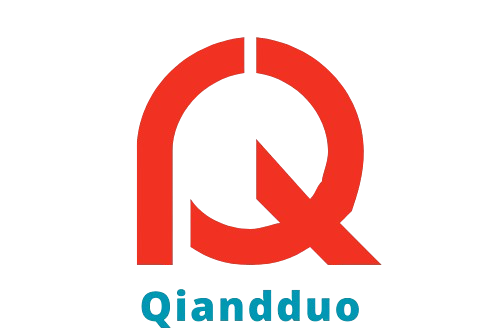The Editor-in-Chief (EIC) is a crucial editorinchief.co figure in the publishing industry, responsible for shaping the content, direction, and voice of a publication. Whether overseeing a magazine, newspaper, academic journal, or digital platform, the EIC plays a multifaceted role that requires a blend of editorial acumen, leadership skills, and strategic vision. This article explores the key responsibilities, essential skills, and the significance of the Editor-in-Chief in today’s media landscape.
Key Responsibilities of an Editor-in-Chief
- Content Direction:
- The EIC sets the editorial agenda, determining the themes, topics, and types of stories that will be covered. This involves curating high-quality content that aligns with the publication’s mission and resonates with its audience.
- Team Leadership:
- Leading a team of writers, editors, and contributors is central to the EIC’s role. They foster a collaborative environment, provide mentorship, and ensure that all team members are aligned with the publication’s goals.
- Quality Control:
- The EIC is responsible for maintaining high editorial standards. This includes reviewing articles, ensuring factual accuracy, and upholding the publication’s style guidelines.
- Strategic Planning:
- Developing and implementing an editorial strategy is essential for attracting and retaining readership. The EIC analyzes market trends, audience feedback, and performance metrics to refine content strategies.
- Crisis Management:
- In the fast-paced media environment, challenges can arise unexpectedly. The EIC must be prepared to handle controversies or issues that could impact the publication’s reputation.
- Stakeholder Engagement:
- The EIC serves as the main liaison between the publication and external partners, including advertisers, contributors, and the audience. Building and maintaining these relationships is vital for the publication’s success.
- Representation:
- As the face of the publication, the EIC often represents the brand at events, conferences, and in media interviews, promoting its values and mission to a wider audience.
Essential Skills for an Editor-in-Chief
- Editorial Judgment:
- A strong sense of what constitutes compelling content is vital. The EIC must be able to identify stories that will engage readers and drive discussions.
- Leadership Abilities:
- Effective leadership is crucial for managing a diverse team. The EIC should inspire, motivate, and cultivate a culture of creativity and collaboration.
- Communication Skills:
- Excellent written and verbal communication skills are essential for articulating ideas, providing feedback, and interacting with stakeholders.
- Adaptability:
- The media landscape is continually evolving. The EIC must be open to new technologies, storytelling methods, and shifts in audience preferences.
- Analytical Skills:
- The ability to analyze data and trends helps the EIC make informed decisions about content and strategy, ensuring the publication remains relevant.
- Creativity:
- A creative mindset is essential for generating innovative ideas and unique angles for stories that capture audience interest.
The Importance of the Editor-in-Chief
The Editor-in-Chief plays a pivotal role in shaping not only the content of a publication but also its overall identity and brand. Their leadership influences the tone, style, and quality of the work produced, directly impacting the publication’s reputation and success.
In an age where media consumption is rapidly changing, the EIC must navigate these shifts effectively. By balancing traditional journalism principles with modern storytelling techniques, they ensure that the publication remains a trusted source of information while engaging readers in meaningful ways.
Conclusion
The Editor-in-Chief is a linchpin in the publishing world, guiding the narrative and ensuring that the content produced is of the highest quality. Through a combination of editorial vision, leadership, and strategic thinking, the EIC shapes the identity of the publication and drives its success. As the media
